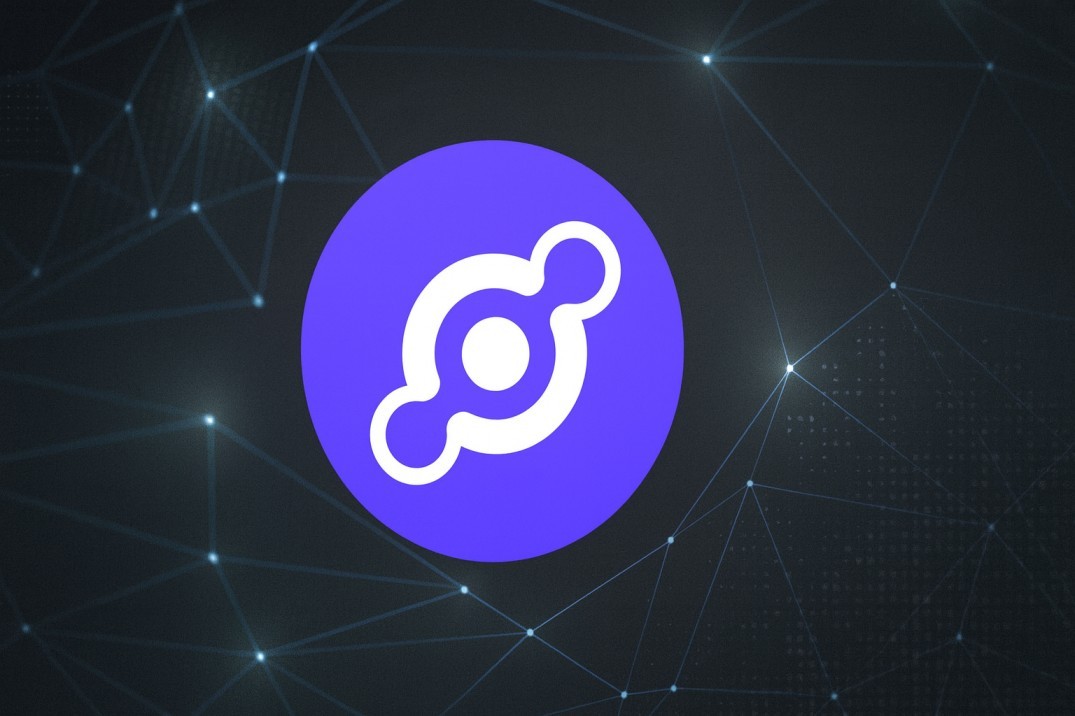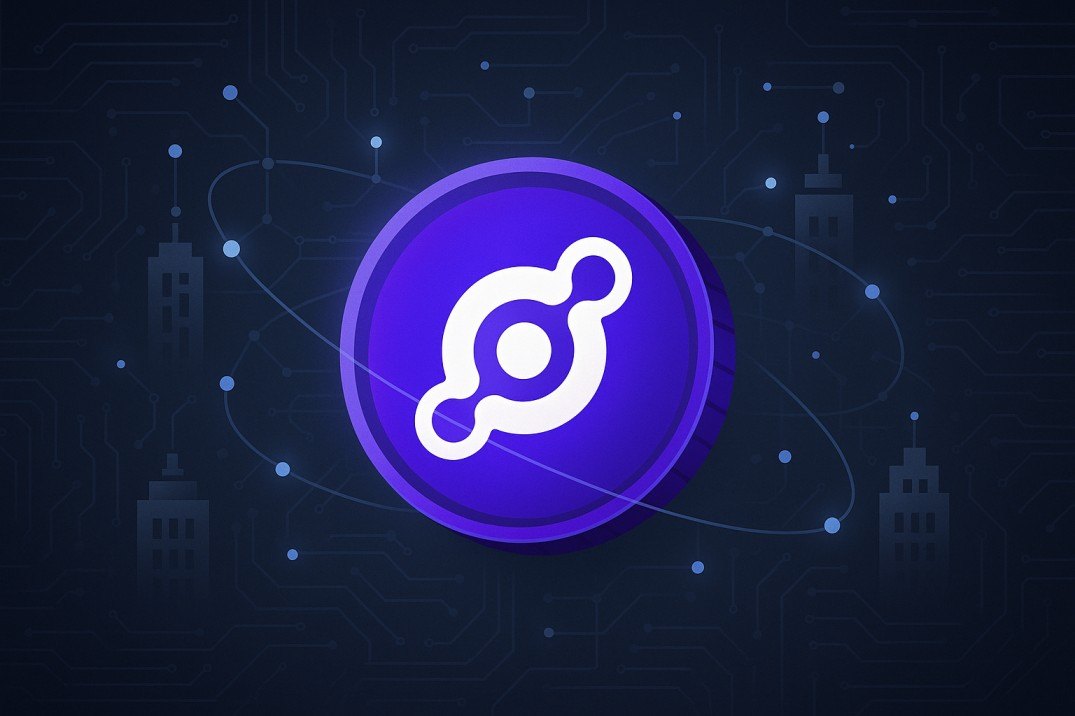TL;DR - Helium Network (HNT)
- A decentralized, blockchain-based wireless network for IoT and 5G coverage, built on Solana.
- How it works: Participants deploy Hotspots to provide wireless coverage and earn tokens through Proof-of-Coverage validation.
- Real-world uses: Mobile coverage (Helium Mobile), asset tracking, smart agriculture, environmental monitoring, and enterprise integration.
- Key strength: Combines blockchain + wireless infrastructure + community incentives.
- Challenges: Competing with telecom giants, regulatory risks, hardware costs, and token volatility.
- Future: Aims to become the global decentralized alternative to telecom carriers, redefining connectivity.
The Helium Network is reimagining wireless connectivity. Instead of leaving infrastructure in the hands of a few massive telecom corporations, Helium empowers individuals and businesses to build and operate decentralized wireless networks. By contributing coverage through devices called Hotspots, participants earn tokens for their efforts, while users gain access to affordable, secure, and community-powered connectivity.
At its heart, Helium is a blockchain-based wireless network. Built on the Solana blockchain, it leverages low fees, high scalability, and decentralized governance to provide reliable infrastructure for the Internet of Things (IoT) and 5G mobile coverage. Its ecosystem revolves around the HNT token, with additional tokens - IOT and MOBILE - supporting specific subnetworks for IoT and 5G traffic.
This model is known as Decentralized Physical Infrastructure Networks (DePINs). Instead of centralized carriers owning towers, thousands of independent participants deploy hotspots, validate network coverage, and get rewarded. The result: a low-cost, scalable, and people-powered alternative to traditional telecoms.
What is Helium?

At its core, Helium (HNT) is a decentralized wireless infrastructure platform. It started in 2013 as a project to connect IoT devices, but has since expanded into mobile cellular coverage through Helium Mobile.
- IoT Coverage: Uses LoRaWAN, a low-power, long-range wireless protocol ideal for sensors, meters, and devices that transmit small packets of data.
- 5G Coverage: Through Helium Mobile, participants deploy small-scale 5G radios that act like mini cell towers.
Each part of the network uses blockchain-based incentives to ensure growth and sustainability. Hotspot operators earn tokens for providing coverage, while device users burn tokens (converted into Data Credits) when using the network.
As the Helium team explains in their documentation:
The Technology Behind Helium
Helium's innovation lies in combining blockchain, wireless networking, and community incentives into a unified system.
1. Built on Solana
In 2022, Helium migrated to the Solana blockchain, leaving behind its original custom chain. This gave Helium access to Solana's fast block times, low fees, and massive ecosystem, allowing it to scale efficiently while maintaining transparency and security.
2. Proof-of-Coverage (PoC)
Helium introduced a unique consensus mechanism called Proof-of-Coverage (PoC). Instead of miners solving math puzzles (like Bitcoin), Helium rewards Hotspot operators for verifying wireless coverage. Hotspots prove their location and availability by exchanging signals with other hotspots, and those validations are recorded on-chain.
This ensures:
- Hotspots provide real, usable coverage.
- Fraudulent actors cannot easily spoof coverage.
- Rewards are distributed fairly.
3. Hotspots as Mini Cell Towers
Hotspots are small hardware devices that anyone can buy and deploy. They act like tiny cell towers:
- LoRaWAN Hotspots: Serve IoT devices like sensors, GPS trackers, and smart meters.
- 5G Hotspots: Provide mobile data coverage to smartphones via the Helium Mobile network.
These hotspots connect to the blockchain to record coverage proofs and distribute rewards in tokens.
4. Hybrid Coverage Models
Helium has partners with telecom giants. For example, AT&T and other providers use Helium's infrastructure to offload traffic in high-demand areas, such as stadiums or urban centers, where bandwidth is strained.
Tokens in the Helium Ecosystem
The Helium Network now operates with three primary tokens, each serving distinct purposes:
HNT (Helium Token)
- The original and primary token of the network.
- Used for rewards to Hotspot operators.
- Burned to create Data Credits, which are used for network usage.
- Governance token for participating in Helium Improvement Proposals (HIPs).
IOT Token
- Dedicated to the LoRaWAN IoT network.
- Incentivizes operators who provide coverage for IoT devices.
- Secures the subnetwork using Proof-of-Coverage.
MOBILE Token
- Powers the 5G mobile network.
- Incentivizes 5G hotspot operators.
- Helps facilitate high-speed connectivity and mobile data traffic.
By splitting incentives into different tokens, Helium ensures each subnetwork (IoT and 5G) has sustainable economics without overloading HNT.
How Does Helium Work?
The Helium ecosystem functions through four main participants:
- Hotspot Operators - Deploy and maintain wireless devices. They earn HNT, IOT, or MOBILE tokens for providing coverage and passing PoC challenges.
- IoT Device Owners - Use the LoRaWAN network for connecting low-power sensors and transmitters. They pay with Data Credits (converted from HNT).
- Mobile Device Users - Connect to the 5G network via Helium Mobile, accessing low-cost coverage powered by the community.
- Developers - Build apps, services, and platforms on top of the Helium infrastructure. Examples include asset tracking, logistics, environmental monitoring, and mobile apps.
Tokenomics of HNT

Helium's tokenomics revolve around burn-and-mint equilibrium (BME), a model designed to balance supply and demand.
- Total Supply: Capped at 223 million HNT.
- Earning HNT: Hotspot operators receive tokens based on coverage and data transfer.
- Burning HNT: To use the network, HNT must be burned into Data Credits, which are pegged at $0.00001 USD each.
- Sustainability: As demand for network usage grows, more HNT is burned, reducing supply over time.
- This creates a cycle: network growth drives demand for Data Credits → more HNT is burned → reduced supply supports value.
Governance in Helium
Helium uses a community-driven governance model. Holders of HNT can lock their tokens to vote on proposals called Helium Improvement Proposals (HIPs).
This includes decisions like:
- Adjusting reward distribution between subnetworks.
- Updating Proof-of-Coverage algorithms.
- Introducing new tokens or features.
Real-World Applications of Helium
Helium has active use cases across industries:
-
Mobile Connectivity
- Helium Mobile, a U.S. carrier, combines Helium's decentralized network with nationwide 5G coverage.
- Users get cheaper plans, while hotspot operators provide the backbone.
- Major carriers like AT&T integrate with Helium for traffic offload in congested areas.
-
IoT Applications
- Asset Tracking: Logistics companies use Helium for real-time tracking of goods.
- Environmental Monitoring: Sensors measure air quality, water quality, and weather conditions.
- Smart Agriculture: Farmers deploy IoT sensors to monitor soil, livestock, and irrigation.
-
Enterprise Deployments
Businesses can integrate Helium into existing Wi-Fi or networking systems, automatically connecting devices and earning token rewards for usage.
Key Features That Set Helium Apart
- Decentralized Infrastructure - Shifts control away from telecom monopolies.
- Incentivized Growth - Token rewards encourage expansion of coverage.
- Scalability - Solana's blockchain ensures low fees and high throughput.
- Proof-of-Coverage - Unique algorithm to validate real-world service.
- Multi-Network Support - IoT (LoRaWAN) + 5G (Helium Mobile).
Challenges and Risks
No decentralized project is without hurdles. Helium faces challenges in:
1. Competition
Traditional telecom giants are massive and well-funded. Competing with them globally requires strong adoption.
2. Hardware Costs & Deployment
Hotspots cost money and need installation. In regions with low population density, adoption may be slow.
3. Regulation
Telecom infrastructure is heavily regulated. Governments may impose restrictions on decentralized wireless systems.
4. Token Volatility
Like most crypto projects, HNT, IOT, and MOBILE tokens are subject to price swings. This can impact operator incentives.
5. Sustainability
Maintaining consistent rewards while balancing tokenomics will be key for long-term growth.
Conclusion
The Helium Network has shown how community-powered infrastructure can challenge traditional telecom models. By combining blockchain incentives with real-world connectivity, it has created a decentralized alternative that’s not only scalable but also more cost-efficient.
While challenges like regulatory uncertainty, token price volatility, and hardware adoption remain, Helium’s shift to Solana and expansion into 5G demonstrate adaptability and long-term ambition. If successful, Helium could serve as a blueprint for how decentralized networks move beyond finance powering the physical backbone of global connectivity.
In the end, Helium is less about “mining rewards” and more about redefining how the world connects-by the people, for the people.
READ MORE : What is COTI V2: Revolutionizing Blockchain Privacy with Garbled Circuits











